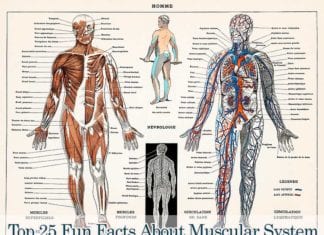
How To Become Family Medicine Physician? Family Medicine physician is a specialist that focuses on the family as a unit, not specific populations (adults or children).
Family doctors are trained to treat both adults and children and have to know a variety of medical sub-specialties.
Table of Contents
How To Become A Family Medicine Physician?
A family GP career path is different from a career in internal medicine. The person interested in specializing in this area has to:
- Complete a Bachelor’s degree acceptable for a medical school.
- Pass the Medical College Admission Test (MCAT) exam.
- Graduate from medical school and pass the United States Licensing Examination.
- Join a Family Medicine residency licensed by the Accreditation Council for Graduate Medical Education.
The family medicine residency involves:
- Rotations in several medical subspecialties;
- At least 6 months of inpatient hospital experience;
- 1 month of adult critical care;
- 2 months care for children both in the hospital environment and critical care;
- 1 month of obstetrics;
- Work with newborns;
- 1 month of gynecology;
- 1 month of surgery;
- 1 month of geriatric care;
- 2 months of training in musculoskeletal medicine;
Top 25 Fun Facts About The Muscular System
The muscular system works alongside the skeletal system to keep the body aligned and completely functional. Here are the top 25 fun muscular system facts.
Also, the residents have to take additional classes in:
- Behavioral health;
- Skin diseases;
- Population health;
- Wellness and disease prevention;
Obtain certification from the American Board of Family Medicine;
- Obtain a medical license.
- Join a fellowship in a sub-specialty of family medicine.
- Optionally, earn a dual degree in family medicine+ another specialty (geriatrics, obstetrics, sports medicine).
- A licensed family doctor can also earn a certificate of added qualifications (CAQ) from ABFM in Adolescent Medicine, Geriatrics, or Sleep Medicine.
![]()
Average Salary For Family Physicians in the USA
The salary range for family medicine specialists ranges from $169,000 to $270,000.
![]()
Cite This Page
APA7MLA8Chicago
BioExplorer.net. (2025, April 14). How To Become A Family Medicine Physician?. Bio Explorer. https://www.bioexplorer.net/how-to-become-family-medicine-physician.html/.
BioExplorer.net. "How To Become A Family Medicine Physician?" Bio Explorer, 14 April 2025, https://www.bioexplorer.net/how-to-become-family-medicine-physician.html/.
BioExplorer.net. "How To Become A Family Medicine Physician?" Bio Explorer, April 14 2025. https://www.bioexplorer.net/how-to-become-family-medicine-physician.html/.
Key References
- “Internal Medicine vs. Family Medicine | ACP”. Accessed November 16, 2019. Link.
- “Education Requirements for Family Medicine — Medical School & Residency”. Accessed November 16, 2019. Link.
- “Average Family Medicine Physician Salaries in the United States | Indeed.com”. Accessed November 16, 2019. Link.


















Thank you very much. You have helped me chose the kind of doctor I want to become. Thank you so much.